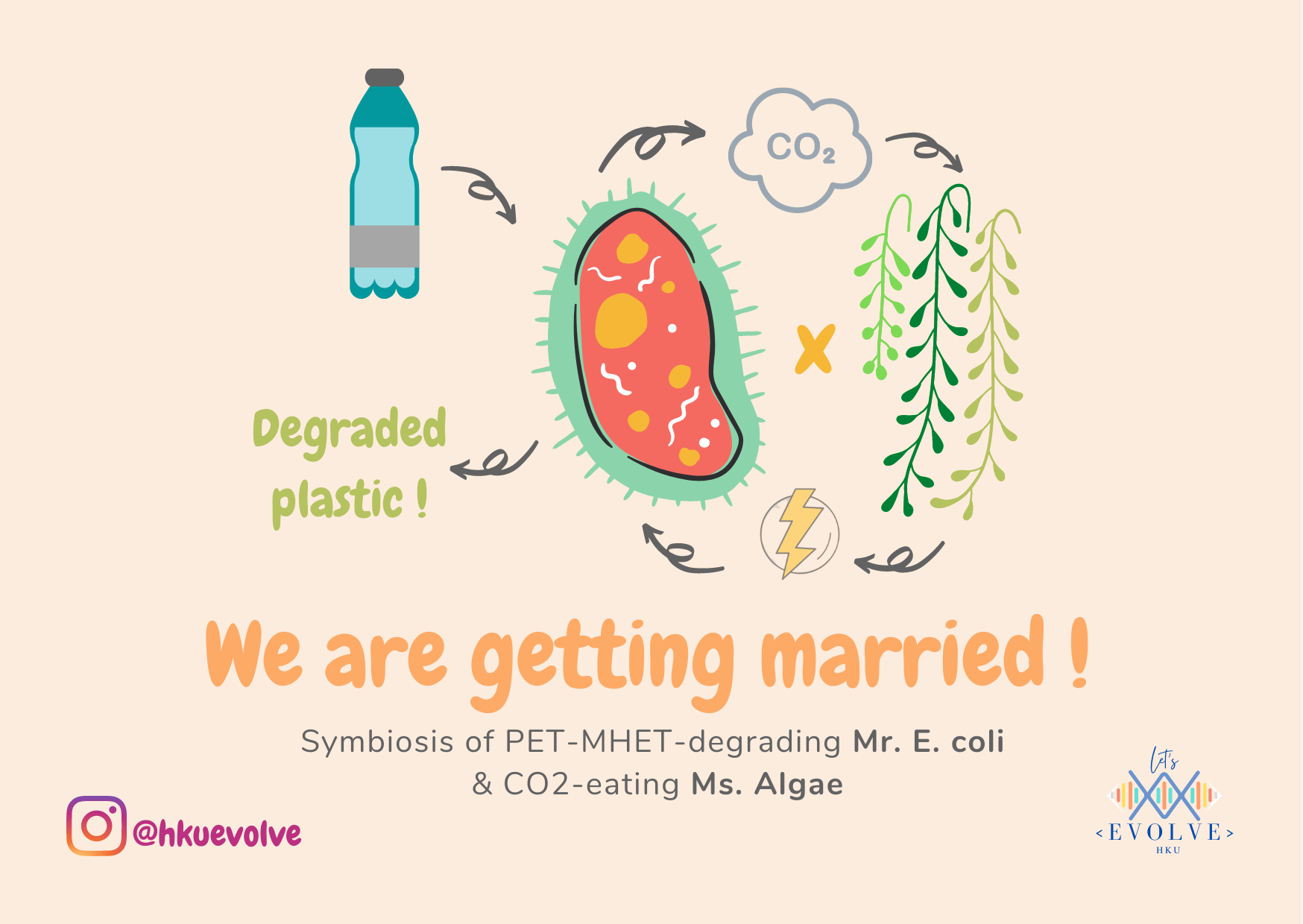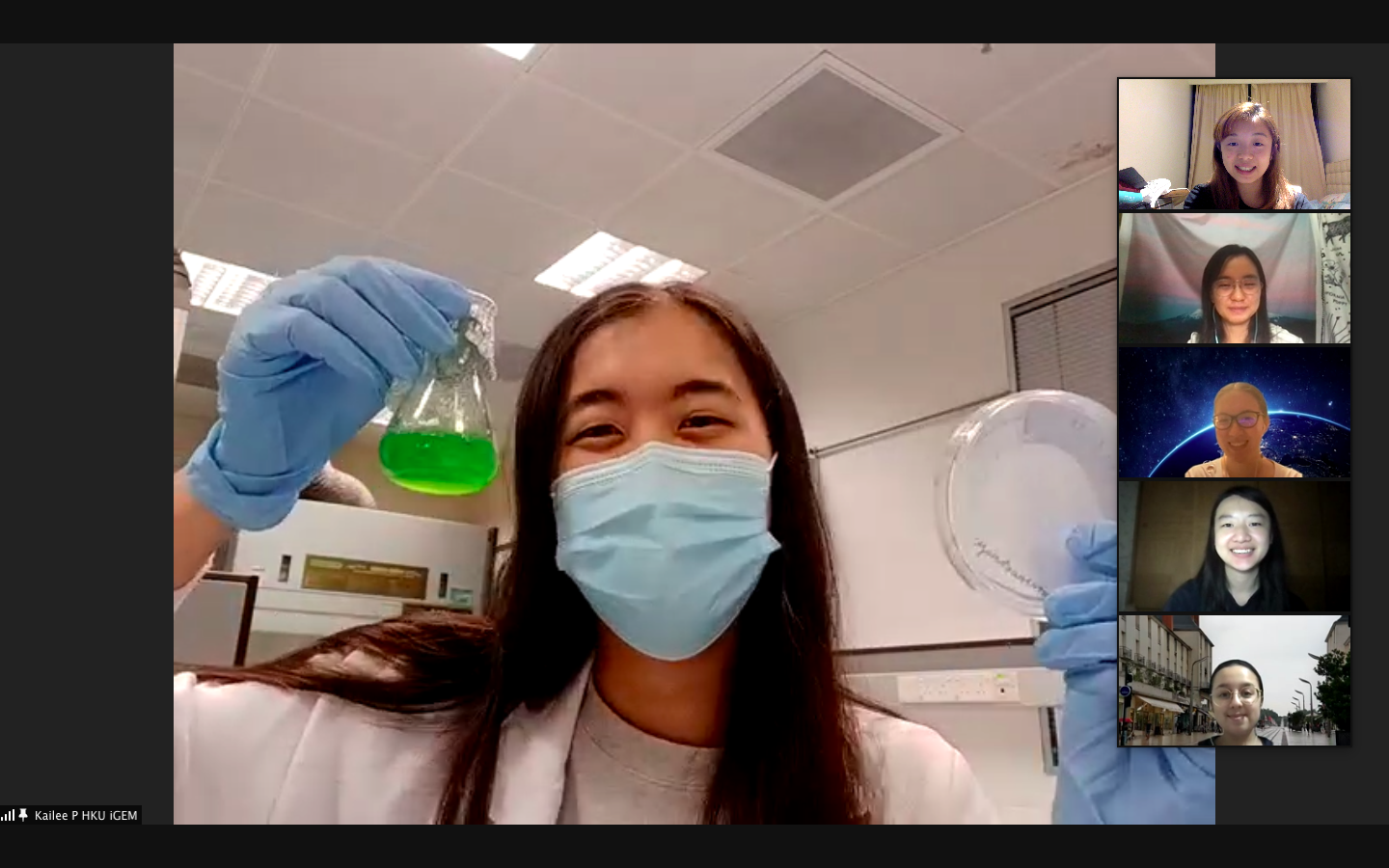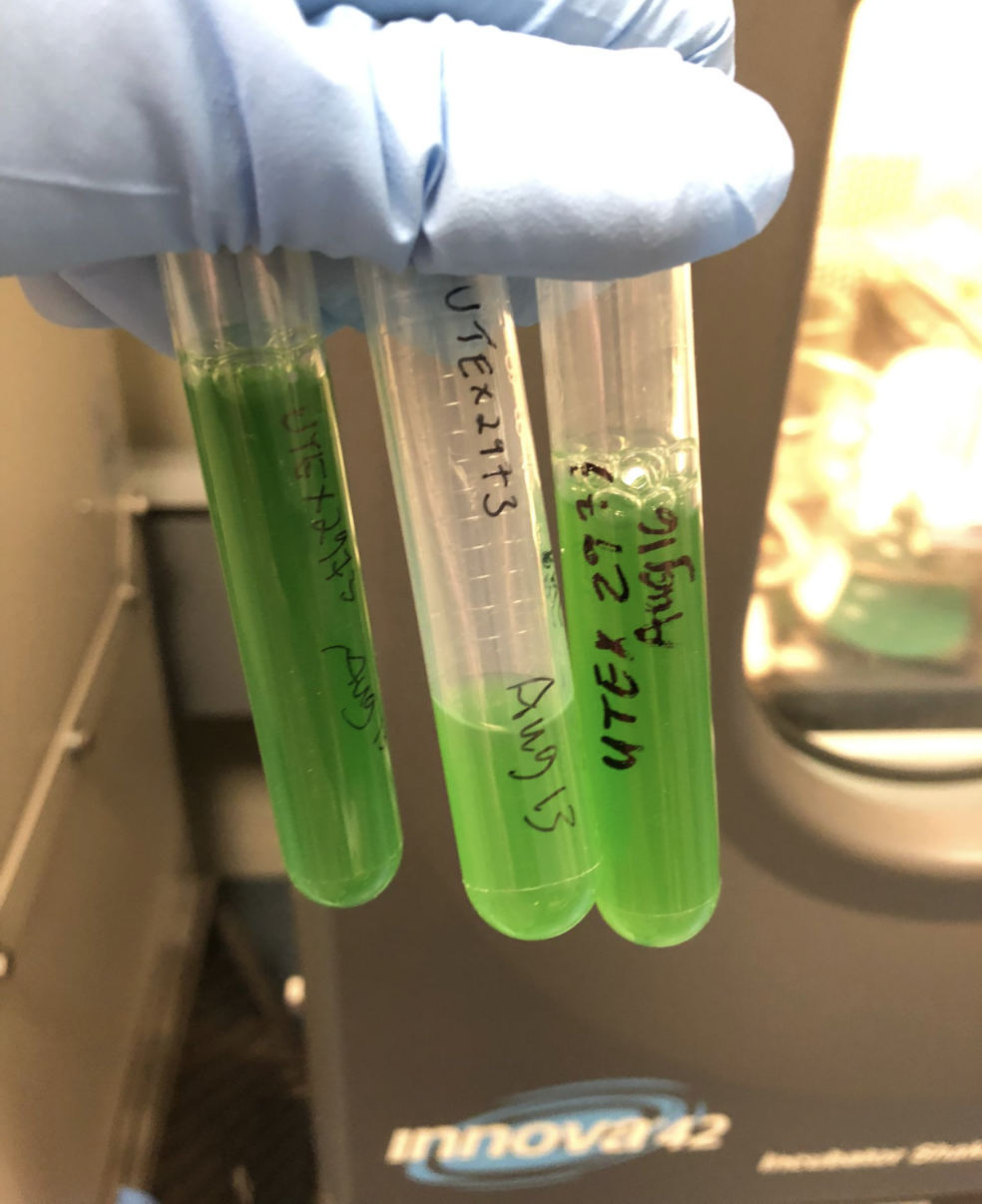Collaborations

Düsseldorf Postcard Project

HKU iGEM Postcard for the iGEM Team Düsseldorf Postcard project
 |
X |  |
Our postcard was designed to look engaging and clear in expressing the message that our project is about degrading plastics. Hopefully, the green message of our postcard can attract other participating teams to be interested in the issue our project is addressing, and thus facilitate knowledge exchange between similar topics. The project helped gain more awareness to our project and we received supportive comments from other teams. We reposted the digital version of our postcard on our Instagram and used the similar concept of representing the symbiosis of the two organisms in a “marriage”. In particular, parents that passed by our booth during the Junior School Science Exhibition (JSSE) mentioned that it was a simplified yet vivid way to make their kids understand an advanced concept.
Having aggregated our messages in short and concise formats, such as the postcard above, helped us realise the importance of scientific communication between teams and the general public. Oftentimes, the field of synthetic biology is portrayed to be difficult and academically challenging, with its research open only to individuals who are well-educated in the scientific fields. It is important to remind ourselves that we need to simplify and emphasise the main take home messages for not only other academic individuals but also the general public too, in order to catch the audience’s attention in this often oversaturated world.
SSC X HKU Cyanobacteria Collaboration

 |
X |  |
Both SSC and HKU iGEM teams are using the cyanobacteria species S. elongatus in our respective projects. However, instead of using the PCC 7942 strain, SSC uses the UTEX 2973 strain, which has different properties compared to PCC 7942.
PCC 7942 grows at the optimal temperature of 30°C, and is naturally competent, meaning that the cyanobacterial cells are ready to accept plasmids even if heat is not applied. UTEX 2973 grows at the optimal temperature at 38°C, and is one of the fastest growing strains under this temperature. UTEX 2973 is not naturally competent, and may only be transformed through methods such as electroporation or tri-parental mating.
The collaboration between the two teams occurred to facilitate experimental design and knowledge exchange. We exchanged strains so that both teams can exploit the strength of each when testing out plasmids. For the HKU iGEM team, it means we can take advantage of UTEX’s fast-growing properties to validate our cloning constructs.

Tubes of UTEX 2973 from our shaking incubator
Team SSC and HKU are mutually beneficial, exchanging protocols for growth and transformation for our strains. SSC based their methods of UTEX 2973 culturing off Yu et al. [1], and for transformation, the secondary school team decided to use electroporation with a protocol developed by Mühlenhoff and Chauvat [2]. Our team has provided growth and transformation protocols to facilitate SSC’s handling of PCC 7942 as well.
HKIS X HKU Mentorship
 |
X |  |

Screenshot of HKIS X HKU meeting
As this is the first year that the HKIS team is participating in iGEM, we agreed to mentor HKIS to familiarise them with iGEM guidelines and deliverables. The HKIS team is tackling vibriosis from seafood consumption. First, they aim to detect pathogenic vibrios from raw seafood through the RPA-Cas12a one pot reaction. The detection kit is non-electrical and re-usable, and can be operated by normal farmers or distributors without the need of lab equipment. Second, through the synthesis of antimicrobial peptides (AMP) from a purification free system, they aim to eliminate vibrio in the purification processes.
The HKIS team is working under supervision of one of our team members, Kenneth, who has had multiple years of iGEM experience. The lab work is done in collaboration with HKU, who provided equipment and lab space for the team. We met with HKIS on an ad-hoc basis to check in on their progress, discuss and troubleshoot difficulties, as well as provide knowledge exchange for feedback on their approach.
While our projects are considerably different this year, the science methodologies that underpin the projects are the same, as research is based on trial and error, logical modifications and a lot of overcoming failures. On this ground, the two teams had quite a lot of scientific communication and discussion, which finally led to the HKIS team’s success in proof of concept.
The HKIS team will be doing a topic similar to ours next year - on plastic degradation. We expect a continued collaboration between the two teams.
